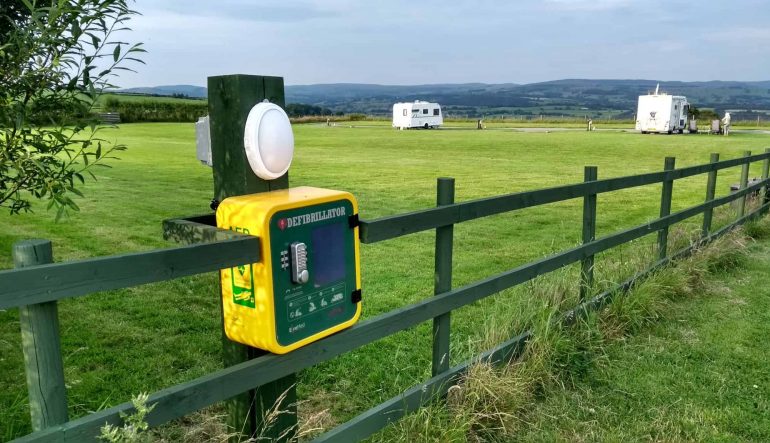Public access defibrillation pros and cons
Early defibrillation is a vital link in the out-of-hospital cardiac arrest Chain of Survival.
Studies like this one correlate chances of survival to the amount of time it takes for CPR and defibrillation to be applied from the moment of collapse.
The key factor in an out-of-hospital cardiac arrest patient’s chance of survival is early defibrillation.
Public access defibrillators (PADs) are made available to improve access to defibrillation – the effectiveness of which have been proven in a variety of trials and programs.
The American Heart Foundation achieved international recognition for the concept when it set as one of its objectives, reducing the time to intervention by establishing PAD networks.
Public access defibrillation benefits
When they are used, PADs save lives.
In this study measuring the impact of PADs in Australian supermarkets, a 66.6 per cent survival rate was achieved – more than double the rate achieved by paramedic defibrillation over the same period.
These results show that with ample coverage, PAD networks can help achieve marked improvements in out-of-hospital cardiac arrest survival.
RELATED ARTICLE: Public access defibrillators save lives. We need more.
Public access defibrillation challenges
A key issue is that PADs are seldom used.
According to this study, a PAD is only used in 0.15 to 4.3 per cent of out-of-hospital cardiac arrests. One reason for this is that most people don’t know what an AED is, and what it’s used for.
In another study in the US, 41 per cent of out-of-hospital cardiac arrests occurred near an AED that wasn’t used. While the sample size of this particular study was low, it highlights challenges with public access to AEDs.
PAD programs function best when supported with “aggressive” public awareness education programs. The equipment cannot be effective if communities don’t know where it is, what it’s for, and how to use it in an emergency.
This education is easier said than done. Examples set by the likes of Seattle and Denmark demonstrate it can be achieved, particularly with a combination of community-led education and targeted policy changes.
These results take time, resources and the active participation of communities to bring it about – either by choice, or by law.
RELATED ARTICLE: Seven reasons why AEDs aren’t used
Another issue is that PAD networks don’t provide coverage where the real need lies.
Approximately 80 per cent of out-of-hospital cardiac arrests don’t happen in public – they occur in homes.
A solution to this problem would be to supply AEDs to households of people at-risk of sudden cardiac death.
Studies into this solution have recognised the positive benefits of having AEDs in homes – but have questioned the cost, both to individual households, and to public health systems considering funding such a program.
The opportunity is to create an AED solution that eliminates the cost barrier.
This would require an AED that can be purchased and maintained at a fraction of the current cost of supply of AEDs to homes.
Or in other words, a transition from public, to personal defibrillation.
RELATED ARTICLE: The future of defibrillation isn’t science fiction



